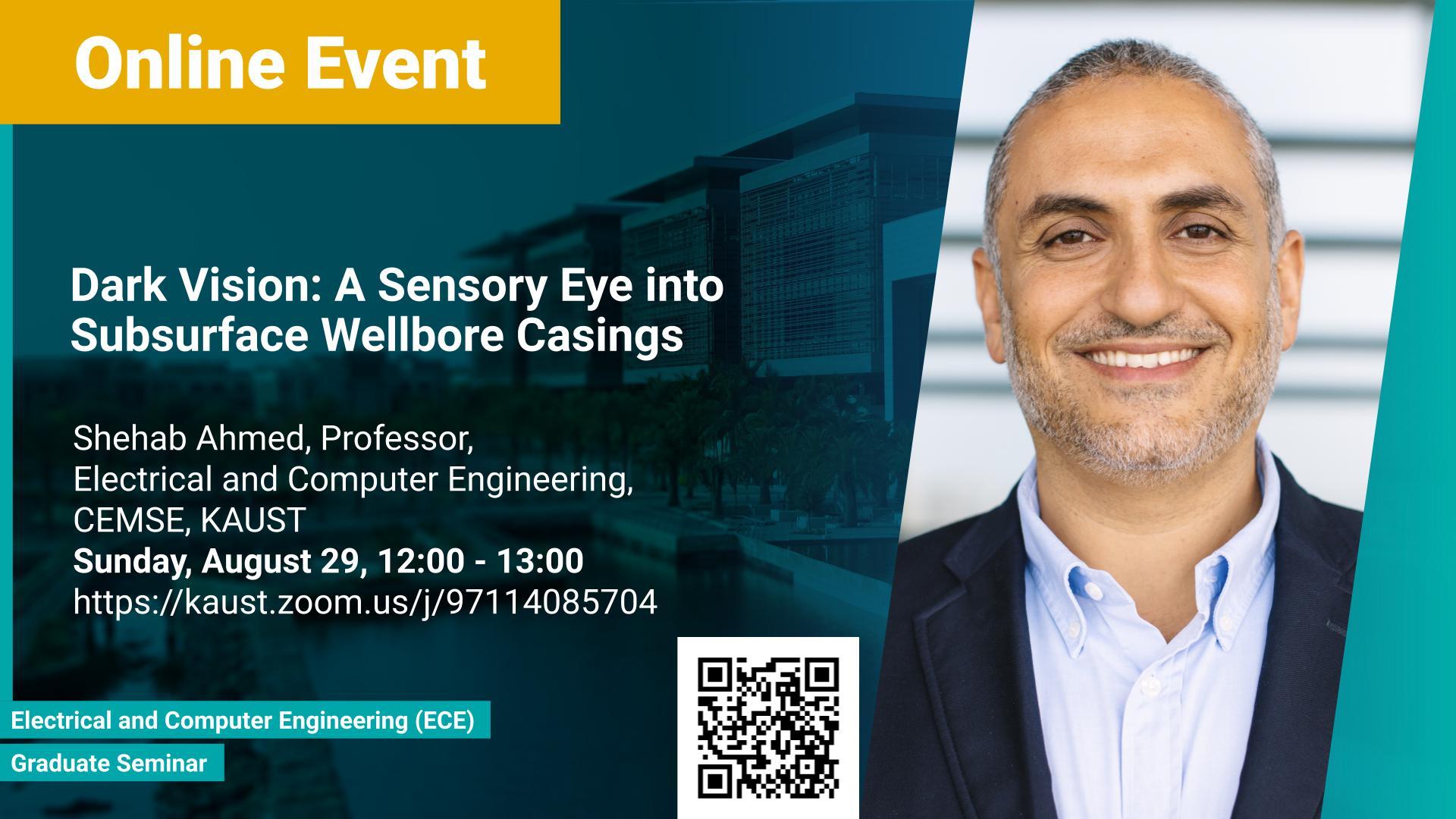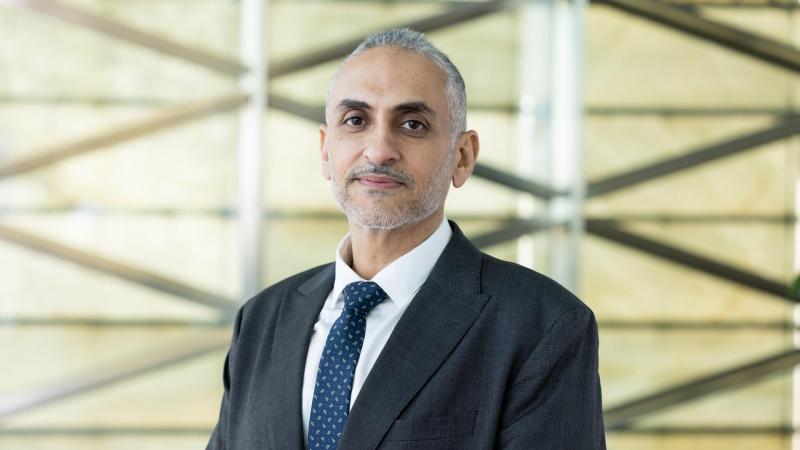Abstract
After a quick overview of the ECE Graduate Seminar logistics, I will share a quick introduction to the wellbore construction process. This will help build the case for maintaining wellbore integrity in order to protect assets, people, the environment and production. The synergistic integration of electromagnetics, electronics and machine learning to create a novel mechatronic solution to address wellbore integrity needs is then discussed. The solution utilizes a full maxwell equations solver deployed on KAUST’s super computing platforms to enable next generation physics informed wellbore integrity solutions based on non-contact EM field propagation circuits. While downhole camera technologies are used today, they require illumination and an optically clear environment. Our electromagnetic ‘vision’ system overcomes these limitations and provides additional capability to ‘see through’ nested wellbore tubulars.
Brief Biography
Shehab Ahmed received his BSc degree from Alexandria University in 1999; his MSc and Phd degrees from Texas A&M University in 2000 and 2007 respectively. He was a Senior Engineer at Schlumberger Technology Corporation, TX from 2001 to 2007. In the Fall of 2007, he joined Texas A&M University at Qatar as an Assistant Professor and progressed to Full professor rank in 2018. In the Fall of 2018, he joined KAUST, where he is currently Professor and Chair of the ECE program. He holds a secondary affiliation as Professor in ERPE and is a member of the Ali Al-Naimi Petroleum Engineering Research Center (ANPERC). His research interests are in subsurface mechatronics, power electronics and electromechanical energy conversion.

